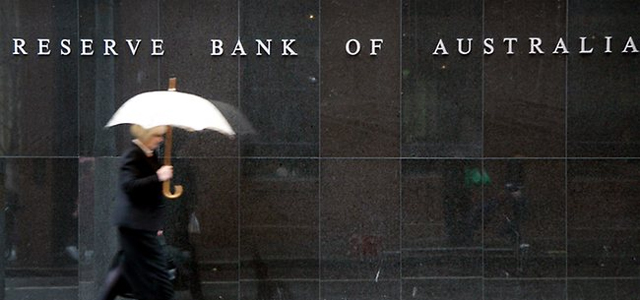In this article:
On the day of Budget night the Reserve Bank dropped official interest rates to 1.75 per cent.

On the positive side, there are variable rate home loans well under 4 per cent. However, the change isn’t welcomed by retirees now living on cash deposits yielding only 2.5 per cent. And with the latest bank forecasts showing a flat-to-reducing yield curve on 10-year bonds, don’t hold your breath for rates to rise soon.
We’re in a low interest-rate environment and if you want to get ahead it’s important to know what to look for:
- Shop around: savers and retirees have to find the best yields for their cash. High interest rate cash accounts come with trade-offs such as minimum monthly deposits, online transacting, or withdrawal limits. An extra 1 per cent usually makes the limits worth it, but watch for high honeymoon rates that reduce a few months later.
- Up the curve: for better returns than a government-guaranteed cash account, but without high risk, look for unitised funds whose assets are in fixed interest assets (bonds, cash). They are aggressively traded to get better yields – sometimes 1 or 1.5 per cent above cash returns. If you want the higher risk-and-returns of shares, you should get advice and always have a diversified portfolio.
- Property: low-rate mortgages make buying your first home seem attractive. But variable rates go up and down. That’s why the ‘qualifying rate’ applied to loan applicants – the rate at which you have to be able to prove you can repay – is still 7 to 8 per cent, basically where it was two or three years ago. First-home buyers hate to hear this but it’s a responsible lending practice.
- Budget: every lender has their own expenses calculation they attribute to you and you must also declare all actual expenses. So keep your spending down and get yourself a better loan product.
- Risk: home loan interest rates depend on your borrowing requirements and lenders price a loan based on risk and purpose. Typically, an owner-occupier repaying principal and interest, with at least 20 percent equity, is deemed the lowest risk and receives on average the lowest rates. If you fall outside this group, brokers can help identify the lender and loan that best fits your needs.
- Equity: if you already have a mortgage, think about increasing your equity in the property by raising your repayment amount. Repaying extra when interest rates are low creates a buffer for future rate rises.
- Fees: the fees charged in managed funds and superannuation range from around 0.7 per cent to 2.5 per cent of your balance. Shop around for the lowest fees and keep your money compounding in your investment. A 1.0 per cent difference in fees is significant when the fund only returns 5 per cent.
There are winners and losers in a low rate environment but there are things everyone can do to make the best of their situation. Seek advice from a broker or adviser and use low interest rates to get ahead.
Mark Bouris

 Contact Us
Contact Us Find a Broker
Find a Broker